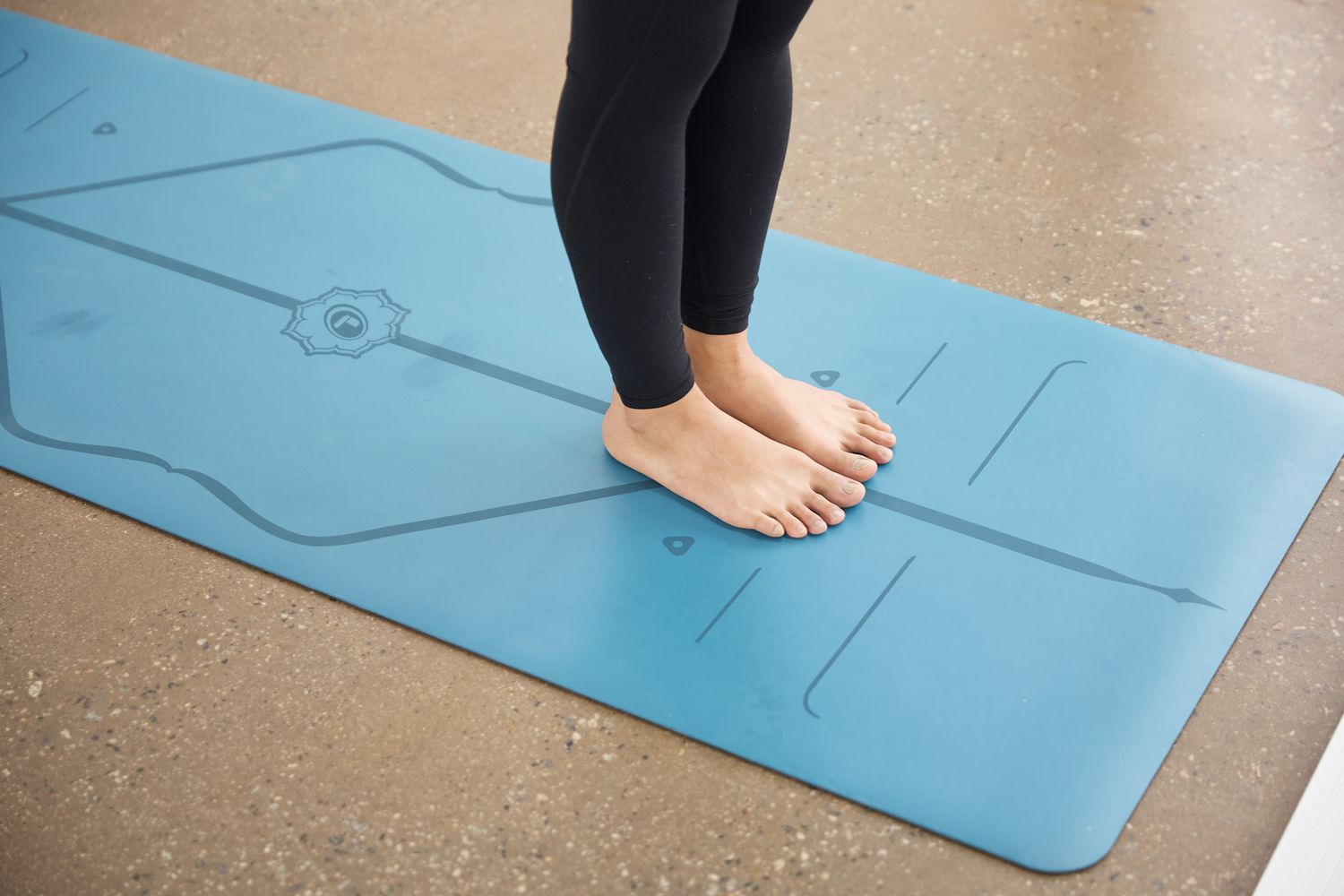In the serene world of yoga, the foundation of a harmonious practice lies beneath you—the yoga mat. Choosing the right yoga mat is paramount to enhance your experience, and ensure comfort, stability, and support during every pose. Let’s embark on a journey to discover the key elements that make the perfect yoga mat and guide you toward selecting the ideal companion for your practice.
Understanding the Basics
1. Material Matters
The material of your yoga mat significantly influences your practice. Common options include:
- PVC (Polyvinyl Chloride): Provides excellent durability and grip.
- TPE (Thermoplastic Elastomer): Eco-friendly alternative with good cushioning.
- Natural Rubber: Known for its excellent grip and eco-friendly nature.
- Cork: Sustainable and provides a natural feel, often used as a top layer.
Consider your priorities—whether it’s eco-friendliness, durability, or texture—when selecting the material.
2. Thickness for Comfort
Yoga mats come in various thicknesses, typically ranging from 1/16 inch to 1/4 inch. Thicker mats offer more cushioning for joints, while thinner ones provide a firmer connection with the floor. Choose a thickness that aligns with your comfort preferences and the nature of your practice.
3. Texture and Traction
The texture of your mat affects your grip and comfort during poses. Mats with a non-slip surface provide better traction, preventing hands and feet from slipping during sweaty sessions. Consider the texture that feels right for your practice, whether smooth, textured, or even raised patterns.
Choosing Based on Your Practice
1. Hot Yoga Enthusiasts
If you enjoy hot yoga, where sweat is inevitable, opt for a mat with excellent grip even when wet. Mats with a moisture-absorbing top layer or those made from materials like TPE are excellent choices.
2. Travel-Friendly Mats
For those constantly on the go, a lightweight and easily foldable mat is essential. Look for mats designed for portability, ensuring you can maintain your practice wherever your journey takes you.
3. Eco-Conscious Options
If sustainability is a priority, explore mats made from eco-friendly materials like TPE, natural rubber, or cork. These options minimize environmental impact while providing a comfortable surface for your practice.
Maintenance and Care
1. Easy to Clean
Considering the hygiene aspect, choose a yoga mat that is easy to clean. Mats with closed-cell surfaces are resistant to moisture and bacteria, making them simple to wipe down after each use.
2. Durability
Invest in a durable mat that withstands the test of time. High-quality PVC or natural rubber mats often exhibit excellent durability, ensuring your investment in your practice lasts for years.
Conclusion: Your Yoga Journey Begins with the Right Mat
As you embark on your yoga journey, the choice of your mat becomes a crucial step in creating a harmonious practice. Consider your preferences, the nature of your practice, and the environmental impact when selecting the perfect yoga mat.
Embrace the foundation beneath you, and let your yoga mat be a source of inspiration and support as you flow through poses, connect with your breath, and elevate your practice to new heights.








